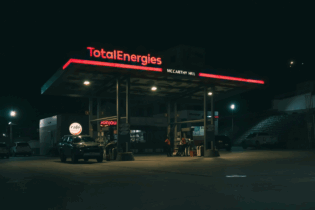Kenya and Uganda Revenue Authorities are working jointly to eliminate congestion at the Malaba border point.
The border crisis, which was exposed by The Standard, has hurt trade within the East Africa Community countries. This prompted President Kibaki to form a five-member Cabinet task force to address the matter. The rapid response initiative unveiled by the task force managed to completely eliminate congestion on the Kenyan side as trucks spend a maximum of three minutes to be cleared to cross the border. The jam, however, had worsened from the beginning of this week, extending about 15km along the Bungoma/Malaba highway. According to the clearing and forwarding agents, the new online system by the Ugandan Revenue Authority (URA) to capture data as vehicles enter into their customs yard was to blame for the long queues. Truck drivers and clearing agents said the new system was not viable, as it takes over an hour to clear one truck. On their part URA officials admitted that the system was slow since it was a pilot project aimed at enhancing efficiency at the joint verification desk. This had lead to a pile up of trucks on the Kenyan side of the border, since all parking yards on the Ugandan side were full. But the Ugandan officials said that the jam would over by next week as they have opened more channels and added more people to ensure that the data entry is expedited.“We are working together with our Kenyan counterparts to eliminate this jam once and for all. We have already set up traffic management officers, and we have also brought in some customs officers from Busia to assist the over-stretched officers as a short-term strategy,” said another URA officer.
According to KRA statistics, 70% of the cargo from the port of Mombasa passes through Malaba border, making it the busiest border point in East Africa. And because 800 cargo trucks and 1 000 units cross the border everyday, the northern corridor is extremely sensitive as a slight hitch causes a major congestion. To further prevent congestion, KRA has issued a new law that prohibits vehicle units crossing the border from stopping or diverting their intended route.







